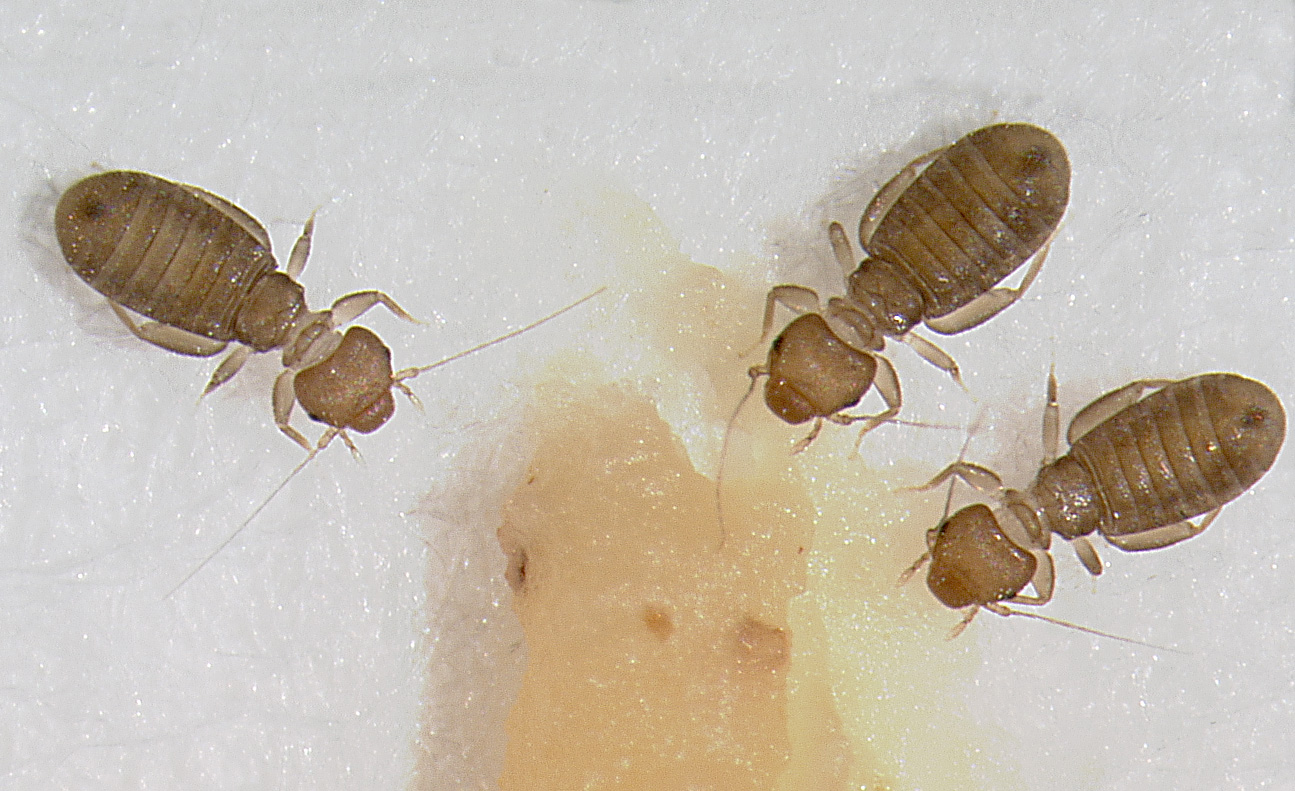Understanding and Managing Booklice Infestations in Singapore
Booklice are tiny insects that are often overlooked due to their small size and elusive nature. However, despite their unassuming appearance, they can pose a nuisance in homes, libraries, offices, and other indoor spaces. In Singapore, where high humidity and warm temperatures create ideal breeding conditions, booklice infestations can become persistent if left unchecked. For individuals and property managers seeking effective solutions, professional booklice Singapore services provide expert guidance on identification, prevention, and removal.
What Are Booklice?
Booklice, also known as psocids, are minute insects typically measuring 1–2 millimeters in length. Contrary to their name, they are not true lice and do not feed on blood. Instead, they thrive in damp, humid environments where they feed on mold, fungi, starchy materials, and other organic matter.
- Appearance: Booklice are soft-bodied insects, usually pale white, gray, or light brown in color.
- Behavior: They are slow-moving and tend to congregate in areas with high moisture levels, such as behind books, in cupboards, or around damp walls.
- Reproduction: Booklice reproduce rapidly in favorable conditions, allowing infestations to grow quickly if not addressed.
Although they are harmless to humans in terms of biting or transmitting diseases, their presence can damage paper products, books, and stored food items.
Why Booklice Infestations Occur in Singapore
Singapore’s tropical climate, characterized by high humidity and warmth, creates ideal conditions for booklice to thrive. Common causes of infestations include:
- High Humidity: Moist environments, especially in poorly ventilated areas, support mold growth, which serves as a food source for booklice.
- Damp Materials: Stored paper, books, cardboard, and cereals can attract these insects.
- Condensation: Kitchens, bathrooms, and areas near leaky pipes provide ideal breeding grounds.
- Cluttered Spaces: Crowded storage areas with poor air circulation encourage proliferation.
Understanding these factors is crucial for effectively preventing and managing infestations.
Identifying Booklice Infestations
Early detection of booklice is essential for controlling their spread. Signs of infestation include:
- Visible Tiny Insects: Although very small, booklice may be seen crawling on paper, cardboard, or walls.
- Mold Presence: Their food source, mold or mildew, often indicates potential infestation sites.
- Damage to Paper Products: Discoloration or damage to books, documents, or packaging may be caused by booklice feeding on mold.
- Clusters in Humid Areas: Infestations often appear near damp areas such as bathrooms, kitchens, or storage rooms.
Professional pest inspectors can accurately identify booklice and distinguish them from other small insects.
Effective Booklice Control Strategies
Managing booklice infestations involves a combination of professional intervention and preventive measures.
Professional Pest Control Methods
Expert pest control services offer tailored solutions based on the severity of the infestation:
- Inspection and Assessment: Specialists locate infested areas, identify sources of moisture, and determine the extent of the infestation.
- Targeted Treatment: Environmentally safe insecticides or natural treatments are applied to eliminate existing booklice populations.
- Moisture Control Recommendations: Advice is given on reducing humidity and improving ventilation to prevent recurrence.
- Monitoring: Follow-up visits ensure that treatments are effective and any remaining insects are addressed.
Using professional services ensures thorough elimination while minimizing risks to humans and pets.
Preventive Measures
Homeowners and office managers can take several steps to prevent booklice infestations:
- Reduce Humidity: Use dehumidifiers, air conditioners, and fans to maintain indoor humidity below 50%.
- Improve Ventilation: Ensure proper airflow in storage areas, kitchens, and bathrooms.
- Proper Storage: Store books, documents, and food items in sealed containers or cabinets.
- Clean Regularly: Remove dust, mold, and organic debris from storage areas to reduce food sources.
- Fix Leaks: Repair plumbing and address any sources of dampness promptly.
These proactive measures complement professional treatments and help maintain a booklice-free environment.
Challenges in Controlling Booklice
Managing booklice infestations in Singapore can be challenging due to:
- High Humidity: The tropical climate constantly provides favorable conditions for growth.
- Hidden Habitats: Booklice often inhabit areas that are difficult to access, such as behind wallpaper, bookshelves, and stored materials.
- Rapid Reproduction: Booklice multiply quickly, making early intervention crucial.
- Resistance to DIY Methods: Simple home remedies may not fully eradicate infestations, necessitating professional treatment.
Understanding these challenges underscores the importance of timely and comprehensive pest control.
Long-Term Benefits of Effective Booklice Management
Successfully managing booklice infestations offers multiple advantages:
- Health and Hygiene: Eliminating mold and pests reduces allergens and potential respiratory irritants.
- Property Protection: Prevents damage to books, paper products, and stored items.
- Peace of Mind: Ensures a clean, safe, and comfortable indoor environment.
- Sustainable Control: Combining professional treatments with preventive measures reduces the likelihood of reinfestation.
Investing in expert guidance and ongoing preventive measures ensures lasting results and a healthier indoor environment.
Final Thoughts
Booklice may be small, but their presence can cause significant discomfort and damage in Singapore’s humid climate. Effective booklice Singapore management involves a combination of professional pest control, early detection, and preventive practices.
By understanding the behavior of these insects, addressing moisture and hygiene issues, and implementing targeted control strategies, residents and businesses can maintain a safe, clean, and pest-free environment. Prompt intervention, coupled with preventive measures, is key to ensuring that booklice do not become a persistent problem.






